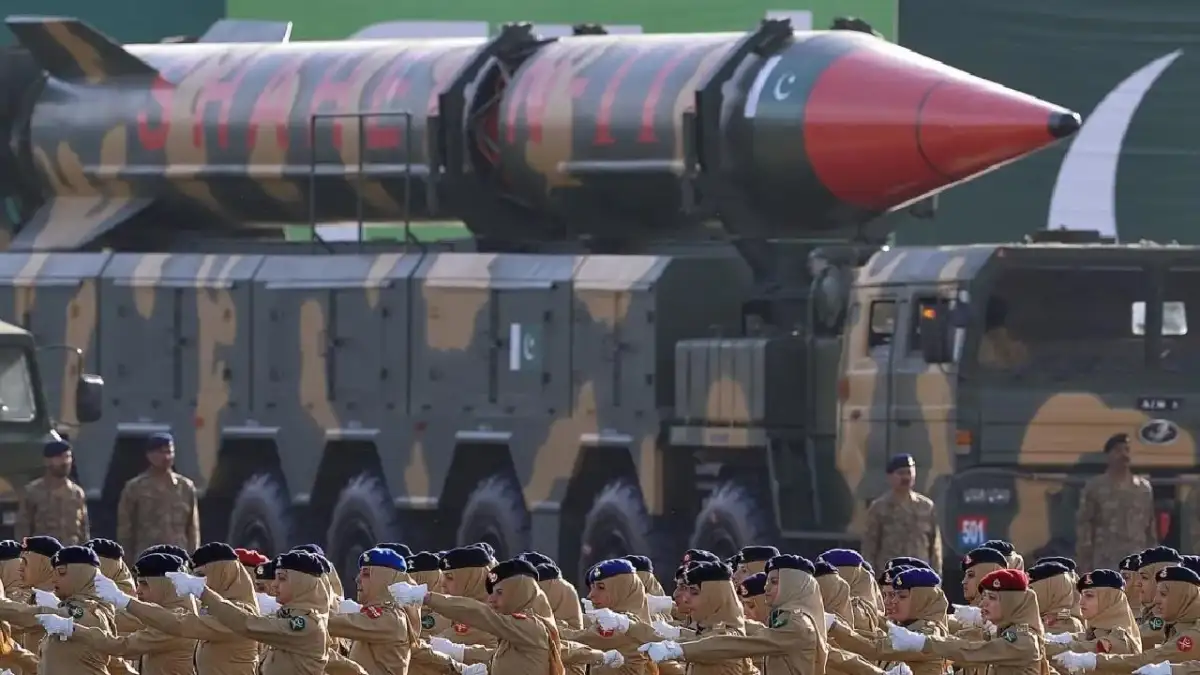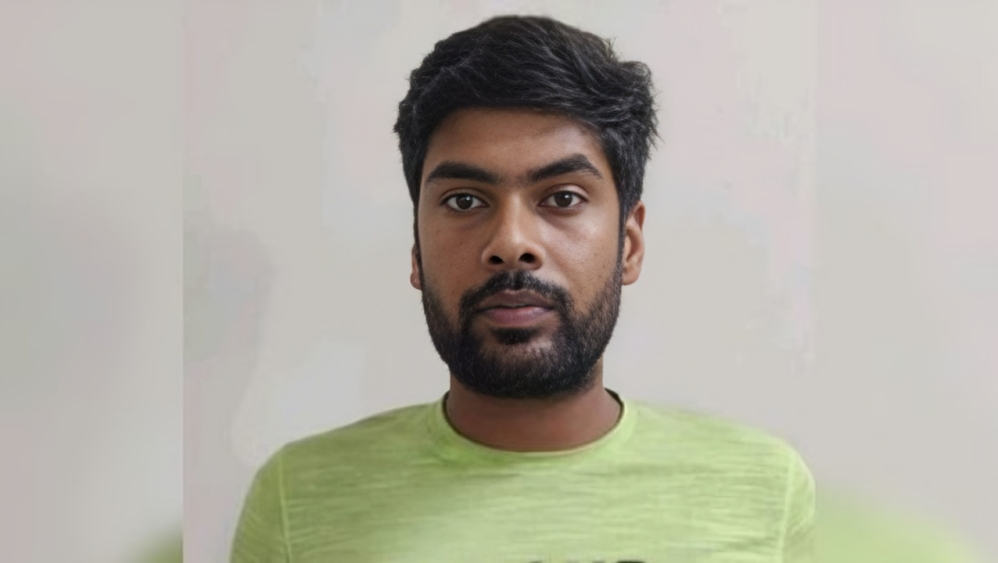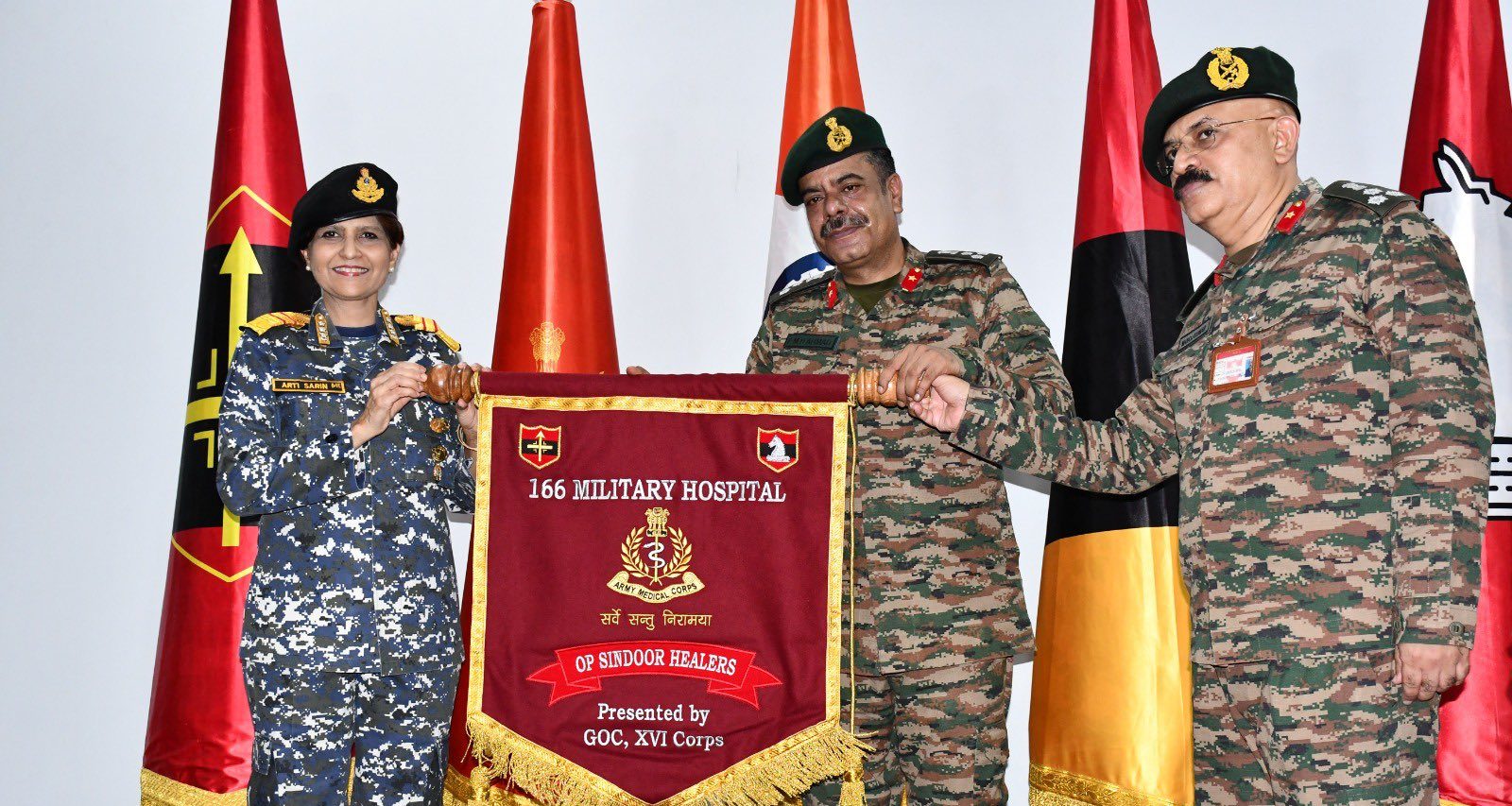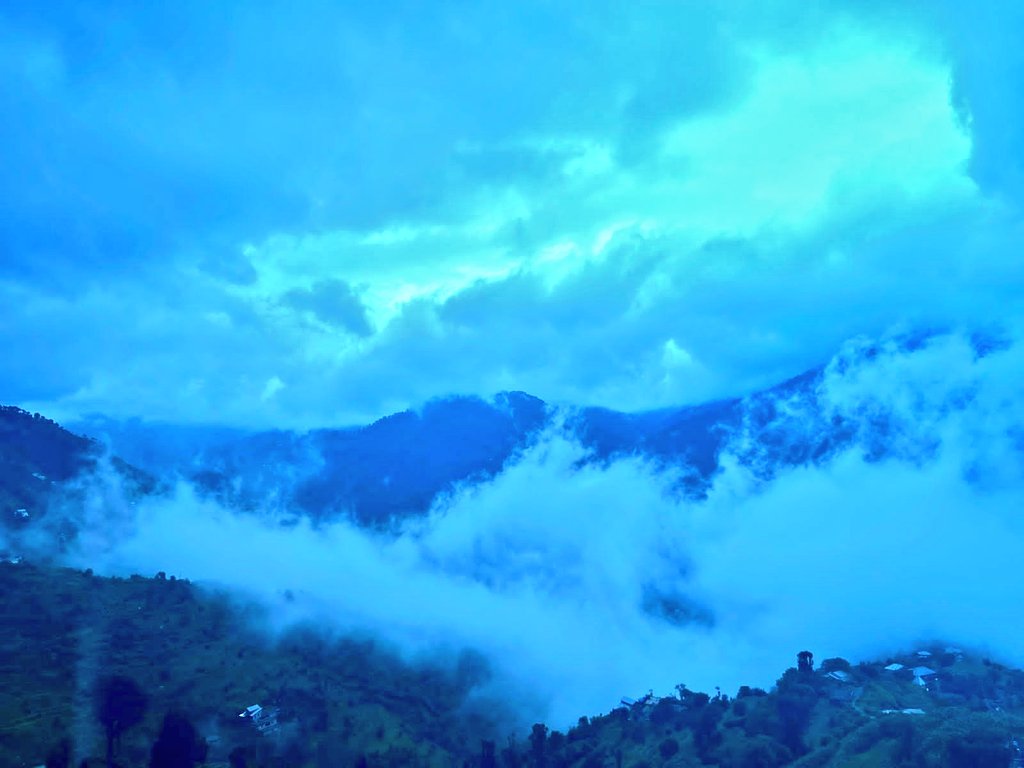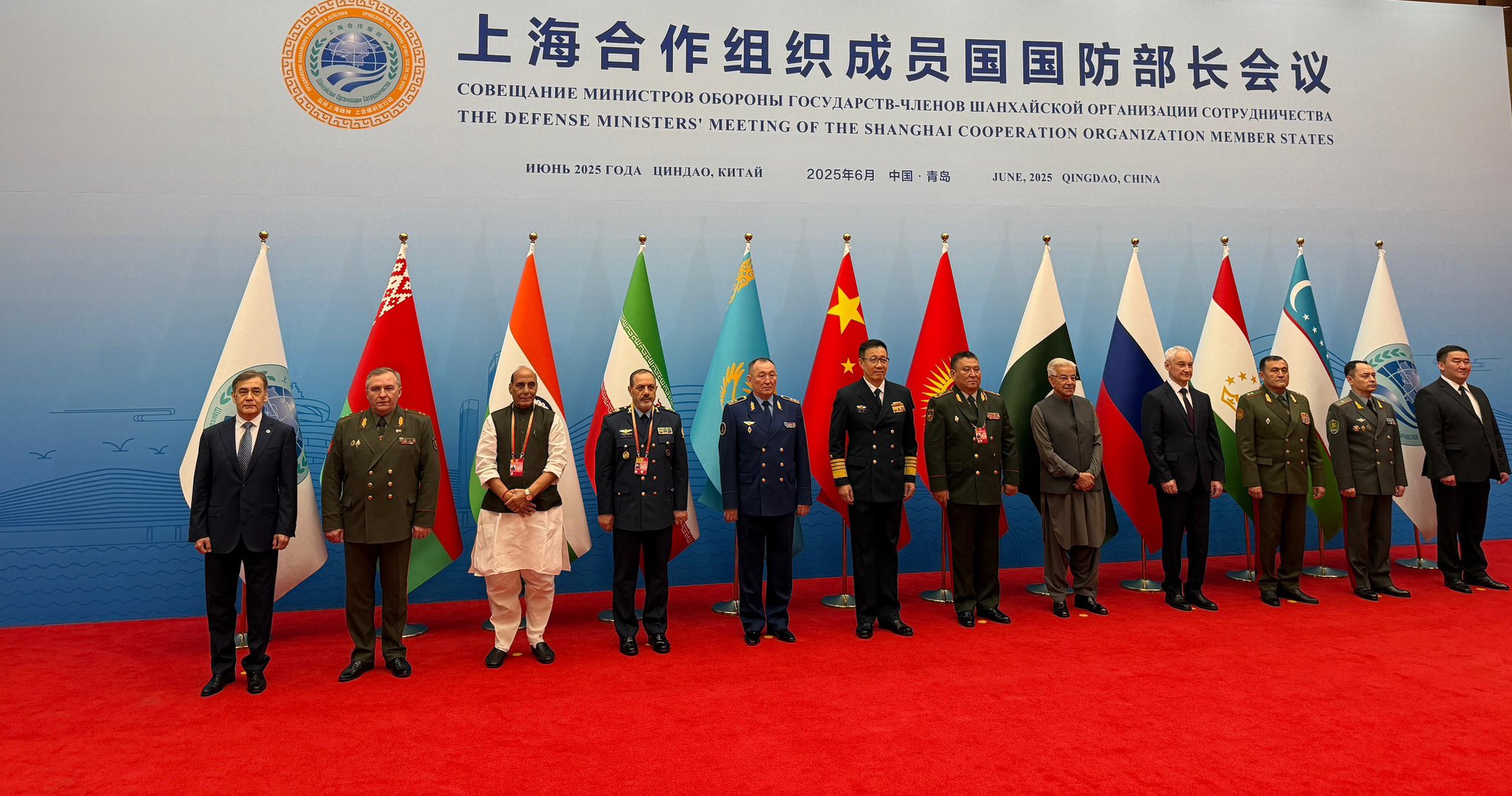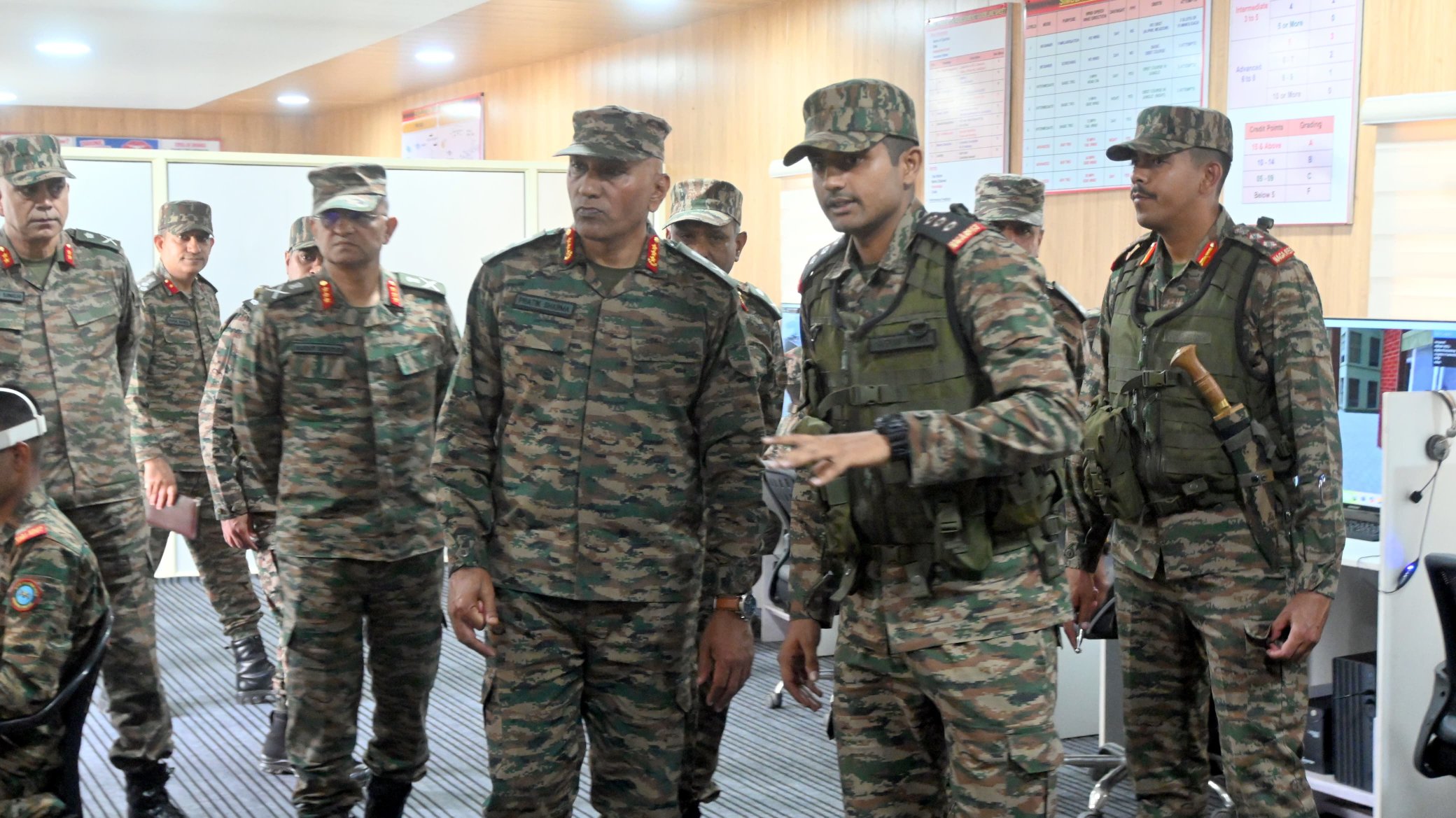Pakistan Reportedly Developing ICBM Capable of Reaching US: American Intelligence Raises Alarms
In a development that could significantly alter the global nuclear landscape, U.S. intelligence agencies have assessed that Pakistan is actively…
Navy Clerk Arrested for Spying in Honey-Trap Case Tied to Pakistan’s ISI
In a major security breach, Vishal Yadav, a clerk posted at the Navy headquarters in Delhi, has been arrested for…
Surgeon Vice Admiral Arti Sarin Visits Military Hospital Jammu, Commends Role in Operation Sindoor
Surgeon Vice Admiral Arti Sarin, Director General of the Armed Forces Medical Services (DGAFMS), made a significant visit to Military…
Operation Bihali Launched in Udhampur as Indian Army and J&K Police Engage Militants
A joint anti-terror operation, codenamed ‘Operation Bihali’, is currently underway in the Bihali area of Basantgarh in Udhampur district. The…
Rajnath Singh Refuses to Sign SCO Document in China That Downplays India’s Stand on Terrorism
Defence Minister Rajnath Singh took a firm stand during the Shanghai Cooperation Organisation (SCO) Defence Ministers’ meeting in Qingdao, refusing…
Indian Army Deploys AI Surveillance to Boost Security in Kashmir
The Indian Army has taken a major leap in modernizing its border security operations by deploying artificial intelligence (AI)-powered surveillance…

